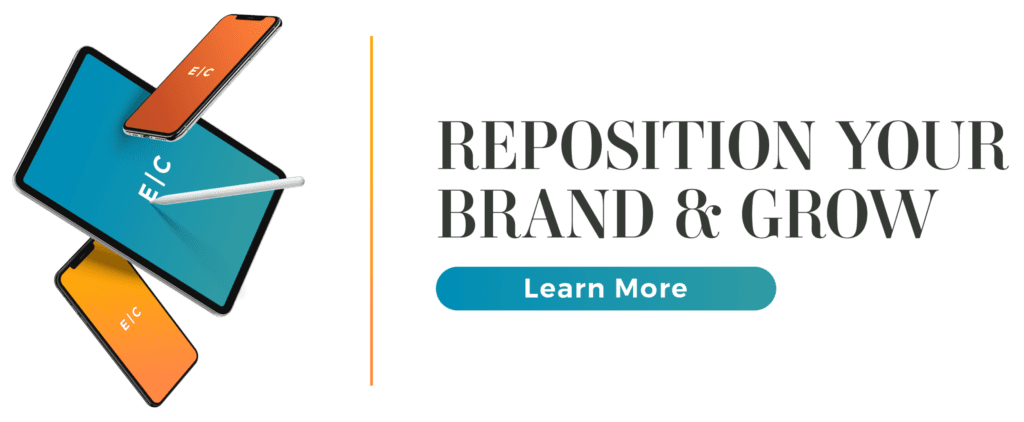Branding and brand development are cornerstones of marketing. Most people know what a brand is; indeed, almost everyone can name a handful of brands off the top of their head. However, brand development is much more rare than basic branding, even in the field of marketing.
Brand development is a topic that’s often discussed but not always easily understood. Marketers know what great brands look like, but can’t necessarily tell you what those companies did to create the reputation and public image they currently enjoy. Although brand development can seem like an act of black magic, the truth is that brand development is merely the process of identifying your company’s attributes and developing a cohesive system for expressing them.
What is Brand Development?
Like a high school graduation speech, we’ll start with a definition; in the words of the American Marketing Association, a brand is a “name, term, design, symbol, or any other feature that identifies one seller’s goods or service as distinct from those of other sellers”. In practice, a brand is a collection of assets, both tangible and intangible, that influence how a company and its products are perceived in the marketplace. These assets are produced through the process of brand development.
In a broad sense, brand development requires identifying:
- Who (or what) your company is
- Who will want to buy your products or services
- How you want to be perceived in the marketplace
Bear in mind that “crafting a brand is a shared endeavor”. The perception of your company’s brand is as much an effort of your customers and patrons as it is the work of your employees.
Brand Development From Start to Finish
Your brand development should begin with asking yourself a few critical questions about your organization. These questions should include:
- What exactly are we selling?
- What kinds of people or companies are we trying to reach?
- How do we want our customers to see us?
The answers to these questions will begin to guide your company as it produces (or recreates) its brand.
Brand development can be very intimidating to start on your own; to help you get started, let’s answer these questions as if we’re Coca-Cola:
- What exactly are we selling?
- Affordable non-alcoholic soft drinks
- What kinds of people or companies are we trying to reach?
- Ostensibly, Coca-Cola is “For Everyone”; but in truth, they are mostly focused on reaching the 12-30 demographic.
- How do we want our customers to see us?
- Coca-Cola aims to “refresh the world”, as well as inspire “moments of happiness and optimism”; thus, they want their customers to see the company’s drinks as a source of positivity and refreshment.
From here, you can proceed to the next step of brand development; creating a visual identity. This includes selecting colors and fonts that will serve as the basis of your visual brand, in addition to designing a logo and creating a slogan. All of these branding elements should be developed based on the values and target audience you identified during the question process.
As we’ve noted before, branding does not stop at the point of purchase. Think about how many companies you’ve sworn off completely because of poor performance in the customer service department. To this end, brand development is an ongoing action. The world’s most successful companies are typically undergoing brand renewal or brand revitalization.
Consider Apple, a company with some $160 billion on the books; because their brand is one of the strongest in the world, their marketing efforts only need to focus on making sure the public continues to see the corporation as a reliable provider of functional, elegant electronics.
-FINAL(01-00)-White&Blue-01.svg)





